Converting poultry litter into bio-oil
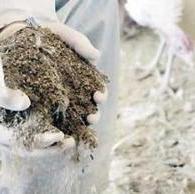
Convert poultry litter into bio-oil, providing an economical disposal system while reducing environmental effects and biosecurity issues, is on the horizon.
Associate professor of biological systems engineering, Foster Agblevor, is leading a team of researchers in the College of Agriculture and Life Sciences at Virginia Tech, developing transportable pyrolysis units that will convert poultry litter into bio-oil.
Agblevor, together with poultry growers, are testing technology that would convert poultry litter to three value-added byproducts – pyrodiesel (bio-oil), producer gas, and fertilizer.
The pyrolysis unit heats the litter until it vaporises. The vapour is condensed to produce the bio-oil, and a slow release fertilizer is recovered from the reactor. The gas can then be used to operate the pyrolysis unit, making it a self-sufficient system.
On-site technology
“The self-contained transportable pyrolsis unit will allow poultry producers to process the litter on site,” Agblevor said. “In addition, the thermochemical process destroys the microorganisms reducing the likelihood of the transmission of disease to other locations.”
Poultry litter from broiler chickens and turkeys and bedding materials were converted into bio-oils in a fast pyrolysis fluidised bed reactor.
Yields
According to Agblevor, bio-oil yields ranged from 30-50% by weight, depending on the age and the bedding content. Bedding material that was mostly hardwood shavings yielded bio-oil as high as 62% by weight. The higher heating value of the poultry litter bio-oil ranged from 26-29 mega joules per kg, while bio-oil from bedding material was only 24 mega joules per kg.
“The type of poultry litter used will affect the amount and quality of the bio-oil produced and ultimately will impact the producer’s profitability. Finding the right set of conditions for the poultry litter is key to the adaptation of this technology,” Agblevor said.
Concentrated effort…
This research is part of a concentrated effort by Virginia Tech researchers, Virginia Cooperative Extension specialists and agents, conservation organizations, state agencies, and private industry. The research is being funded by a $1 million grant from the National Fish and Wildlife Foundation’s Chesapeake Bay Targeted Watershed Program.
Related links:
Related articles:
Join 31,000+ subscribers
Subscribe to our newsletter to stay updated about all the need-to-know content in the poultry sector, three times a week. Beheer
Beheer

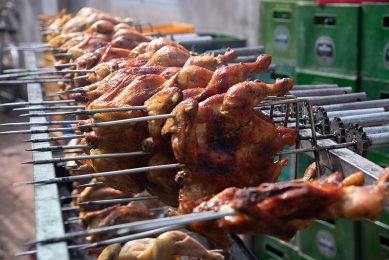
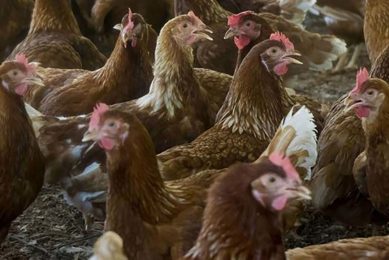
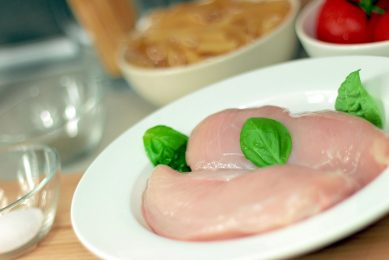
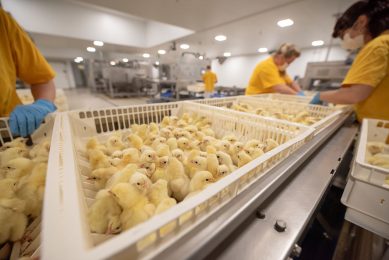



 WP Admin
WP Admin  Bewerk bericht
Bewerk bericht